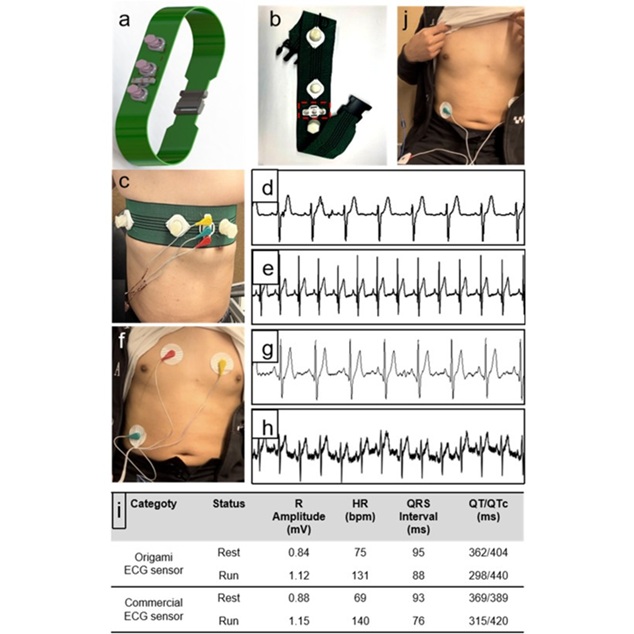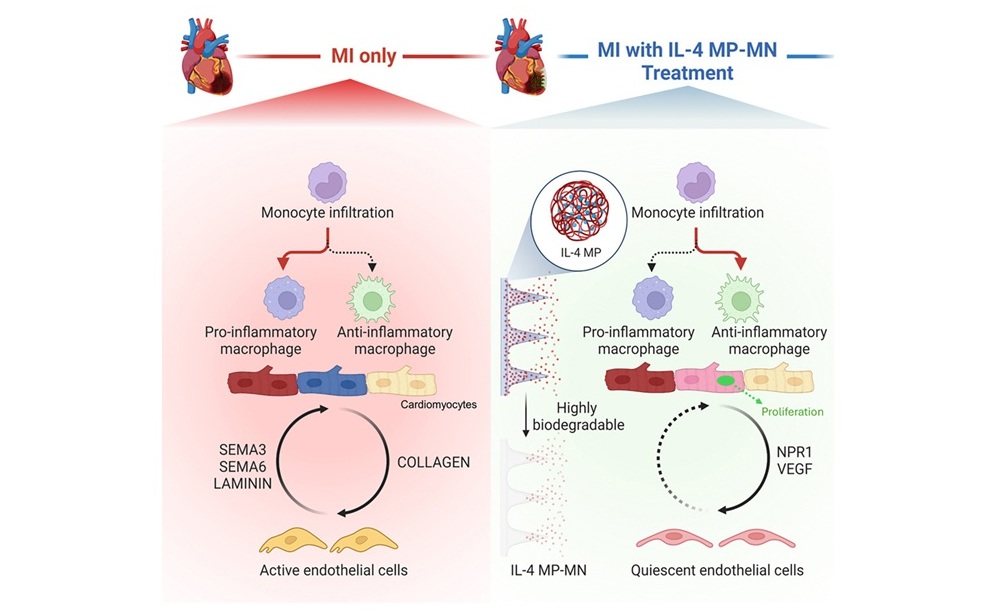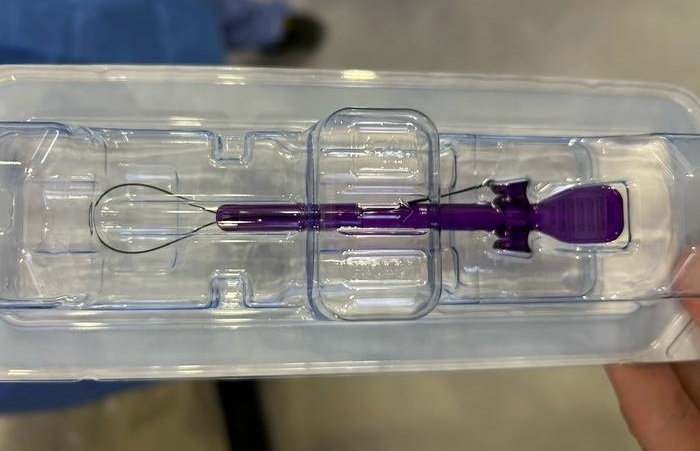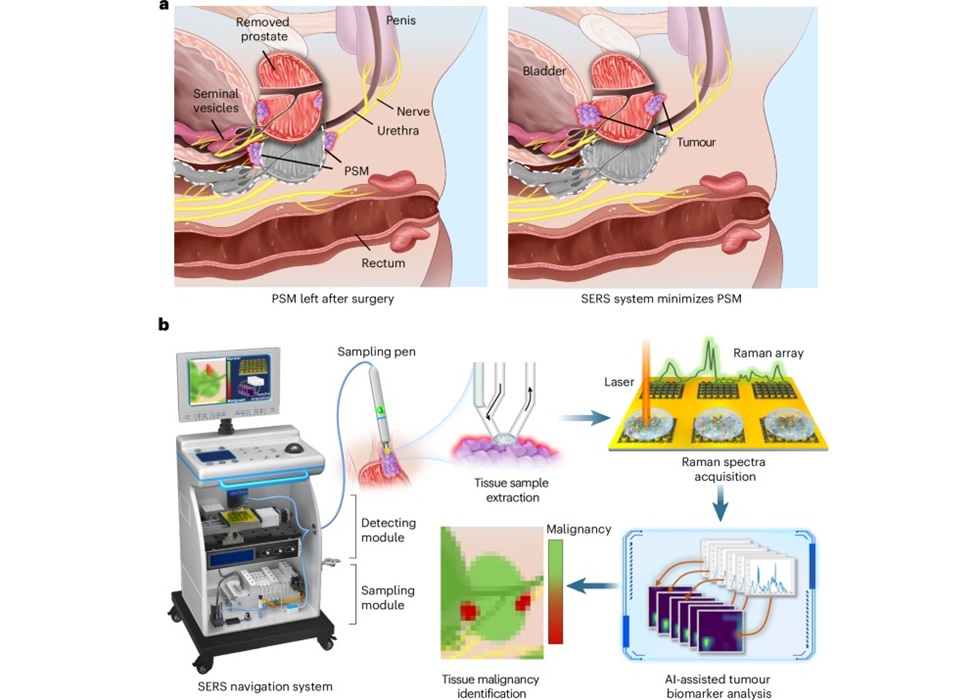Telehealth Robot Launched to Increase Productivity of Doctors in Clinics and Hospitals
|
By HospiMedica International staff writers Posted on 23 Feb 2015 |
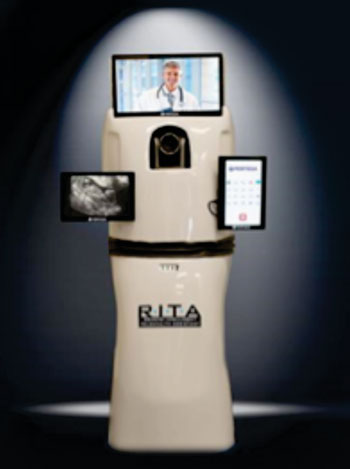
Image: Remote Intelligent Telehealth Assistant (RITA) (Photo courtesy of PR Newswire).
A robot uses high-definition monitors, high-speed components, and wireless communications, and serves as a telehealth media center to give doctors more flexibility in treating and assisting patients remotely.
The robot will help doctors in treating, and diagnosing, new diseases such as Ebola, and assist in high-risk situations like bio-terrorism. The robot will also help doctors deal with regulatory challenges and responsibilities.
Pertexa (Ridgecrest, CA, USA), develops telehealth, and medical productivity software, and medical robotics solutions. The solution is different than similar systems on the market in that it is a “wrapper technology,” which works on multiple platforms. The solution sits on top of a healthcare institution's existing Electronic Health Record (EHR) infrastructure. The robot is named the Robotic Intelligent Telehealth Assistant (RITA).
RITA gives medical provider information technologies that are more intuitive, simpler and interoperable, but still comply with regulatory requirements.
Dr. Earl Ferguson, Medical Director of Pertexa, commented, "Providers have been waiting for information technologies that are more intuitive, simpler and interoperable."
Related Links:
Pertexa Healthcare Technologies
The robot will help doctors in treating, and diagnosing, new diseases such as Ebola, and assist in high-risk situations like bio-terrorism. The robot will also help doctors deal with regulatory challenges and responsibilities.
Pertexa (Ridgecrest, CA, USA), develops telehealth, and medical productivity software, and medical robotics solutions. The solution is different than similar systems on the market in that it is a “wrapper technology,” which works on multiple platforms. The solution sits on top of a healthcare institution's existing Electronic Health Record (EHR) infrastructure. The robot is named the Robotic Intelligent Telehealth Assistant (RITA).
RITA gives medical provider information technologies that are more intuitive, simpler and interoperable, but still comply with regulatory requirements.
Dr. Earl Ferguson, Medical Director of Pertexa, commented, "Providers have been waiting for information technologies that are more intuitive, simpler and interoperable."
Related Links:
Pertexa Healthcare Technologies
Channels
Critical Care
view channel
Nanogel Technology Almost 100% Effective in Destroying Drug-Resistant Bacteria Within Hours
Antibiotic resistance is one of the most serious global health threats, driven by bacteria that evade treatment and form protective biofilms that shield them from drugs. Pathogens such as Pseudomonas aeruginosa,... Read more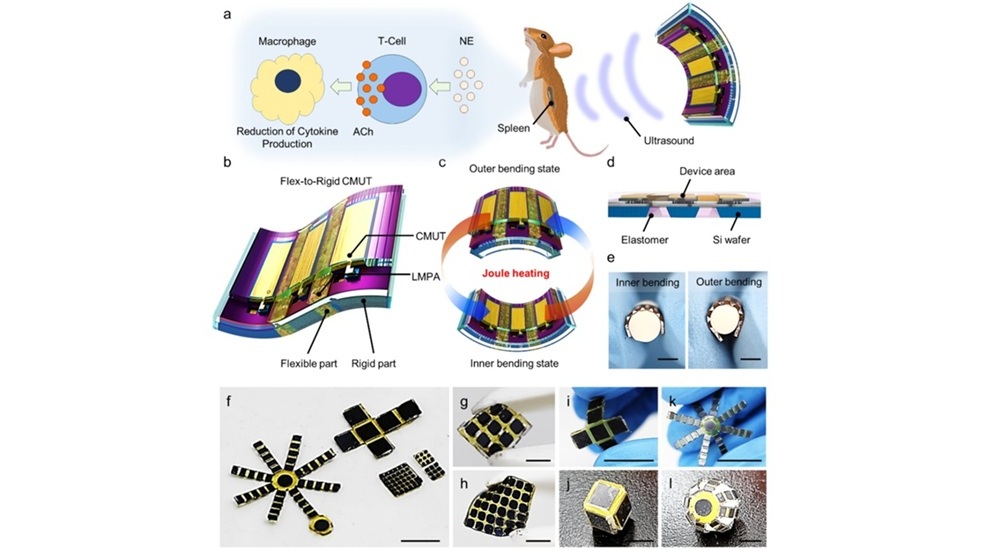
Wearable Ultrasound Sensor Delivers Noninvasive Treatment Without Surgery
Wearable ultrasound devices have long struggled with low acoustic power and poor structural stability, limiting their use in high-resolution imaging and therapeutic applications. Conventional flexible... Read moreSurgical Techniques
view channelNovel Endoscopy Technique Provides Access to Deep Lung Tumors
Detecting lung cancer early can save lives, but diagnosing small tumors deep in the outer regions of the lungs remains a major clinical challenge. Although CT scans frequently identify tiny suspicious... Read more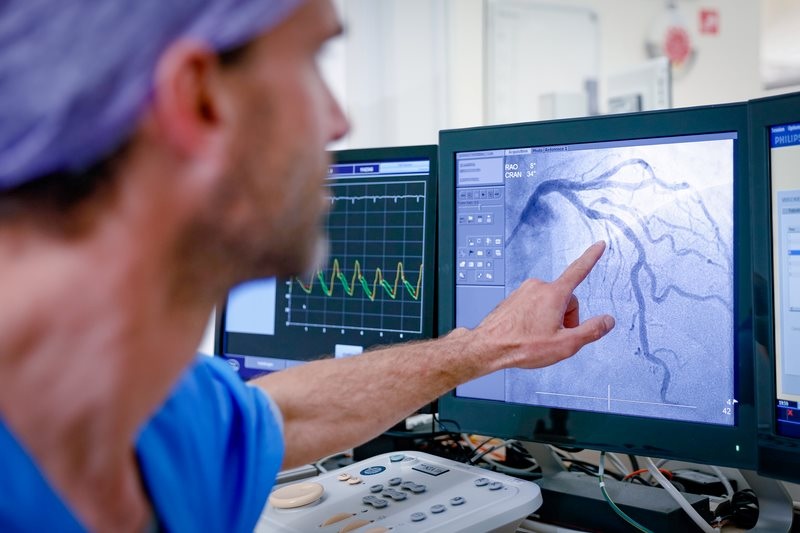
New Study Findings Could Halve Number of Stent Procedures
When a coronary artery becomes acutely blocked during a heart attack, opening it immediately is essential to prevent irreversible damage. However, many patients also have other narrowed vessels that appear... Read morePatient Care
view channel
Revolutionary Automatic IV-Line Flushing Device to Enhance Infusion Care
More than 80% of in-hospital patients receive intravenous (IV) therapy. Every dose of IV medicine delivered in a small volume (<250 mL) infusion bag should be followed by subsequent flushing to ensure... Read more
VR Training Tool Combats Contamination of Portable Medical Equipment
Healthcare-associated infections (HAIs) impact one in every 31 patients, cause nearly 100,000 deaths each year, and cost USD 28.4 billion in direct medical expenses. Notably, up to 75% of these infections... Read more
Portable Biosensor Platform to Reduce Hospital-Acquired Infections
Approximately 4 million patients in the European Union acquire healthcare-associated infections (HAIs) or nosocomial infections each year, with around 37,000 deaths directly resulting from these infections,... Read moreFirst-Of-Its-Kind Portable Germicidal Light Technology Disinfects High-Touch Clinical Surfaces in Seconds
Reducing healthcare-acquired infections (HAIs) remains a pressing issue within global healthcare systems. In the United States alone, 1.7 million patients contract HAIs annually, leading to approximately... Read moreBusiness
view channel
Philips and Masimo Partner to Advance Patient Monitoring Measurement Technologies
Royal Philips (Amsterdam, Netherlands) and Masimo (Irvine, California, USA) have renewed their multi-year strategic collaboration, combining Philips’ expertise in patient monitoring with Masimo’s noninvasive... Read more
B. Braun Acquires Digital Microsurgery Company True Digital Surgery
The high-end microsurgery market in neurosurgery, spine, and ENT is undergoing a significant transformation. Traditional analog microscopes are giving way to digital exoscopes, which provide improved visualization,... Read more
CMEF 2025 to Promote Holistic and High-Quality Development of Medical and Health Industry
The 92nd China International Medical Equipment Fair (CMEF 2025) Autumn Exhibition is scheduled to be held from September 26 to 29 at the China Import and Export Fair Complex (Canton Fair Complex) in Guangzhou.... Read more












